Pickles are the processed form of cucumbers wherein they are soaked in a variety of liquids such as vinegar, heavily salted water, wine, or even sterilized broth. Being the very definition of a sweet-and-sour ingredient, pickles are extremely popular throughout much of the world as a topping in many dishes.
Considering that they are a pickled form of cucumber, pickles themselves stretch the taxonomical, legal, and botanical definition of what constitutes a fruit or vegetable. This matter is so hotly debated that it was brought to the level of a supreme court judgement in the United States.
In short, pickles are considered both a fruit and vegetable. From a culinary and social standpoint, cucumbers are referred to as vegetables owing to the manner in which they are used in cooking. However, legally and botanically, cucumbers (and by extension pickles) are considered fruits.
What Constitutes a Fruit?
To further elucidate the proper answer to this question, one must first understand the scientific definition of what a fruit is.
According to an informational article posted by the university of UC Davis, fruits are the mature sex organ or ovary of a flowering plant, often filled with seeds or other forms of reproduction for the plant’s particular species.
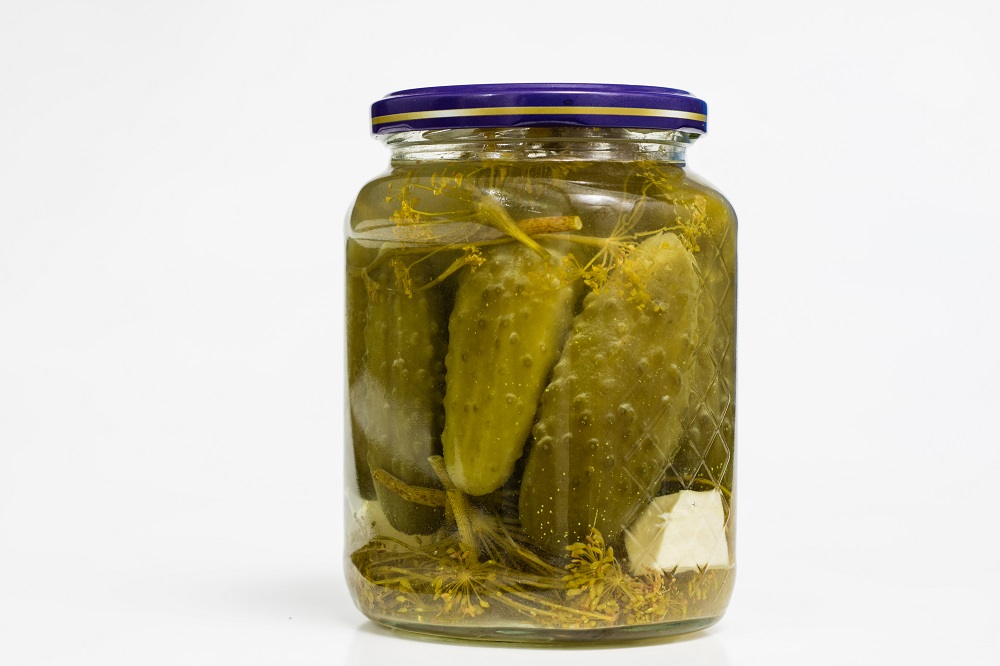
In order for fruits to form, the plant must be capable of reproduction either through pollination, asexual apomixis, or even through direct intervention from farmers and scientists such as by tissue grafting, as is the case in seedless fruits.
Fruits act as the primary form of reproduction for these flowering plants in a variety of ways, such as wide-spread aerial dispersal of seeds or via zoological transport like when a bird excretes seeds from fruits that it has previously eaten elsewhere. As such, there are very few kinds of fruit that develop without the presence of seeds inside, and are often because of human selective breeding or genetic anomalies.
Why are Pickles Considered to be Both a Fruit and Vegetable?
With the information in the previous section, one can see that cucumbers are in fact botanically considered a fruit due to the fact that they possess tiny little seeds in the center of their flesh, as well as the fact that they sprout from the flowers of their progenitor plant.
However, the scientific definition of a certain topic or object is not always in line with the societal or casual definition of that same thing.
This is all the more evident where, in the United States, a supreme court judgement was passed defining organic produce such as tomatoes and cucumbers as “fruit of the vine”, meaning that these plant products would be considered vegetables in terms of the market and importation, though they still are technically fruits in the eyes of any botanist or taxonomist.
A more accurate definition of pickles would instead be the product of pickling a fruit.
Why do Plants Fruit?
Plants, like all life forms, must reproduce in order to continue the existence of their species as well as to preserve their own unique genetic lineage. This is inherent in all living things, though the exact methods and specifics of each species’ propagation and reproduction may differ wildly.
It is important to keep in mind that not all plants reproduce through the use of seed-bearing fruits, and that not all flowering plants are even capable of producing fruits.
Fruits sprout from the flowers of fruit-bearing plants. Filled with seeds, fruits act as both a dispersal system as well as a fertilizer for the soil that it will land on, providing much needed starting nutrients for the budding seeds.
Why are Pickles Considered Fruits?
As the legal definition of fruits under botanical terms is a body sprouting from the sex organs of a plant for the purpose of reproduction or propagation, cucumbers fit perfectly into this particular category of produce.
With small seeds interspersed throughout the center of a cucumber, they are meant to act as a seed transportation and nourishing device for the plant. This only compounds the evidence that proves pickles are in fact considered fruits.

Apart from this, cucumber plants of the female variety also grow their cucumber fruits at the base of their flower after a sufficient time after blooming has passed.
The male variety of these cucumber plants, however, do not produce any fruit and instead can only use their flowers for the purposes of pollination, otherwise known as fertilization between cucumber plants. This is facilitated by insects and air-flow.
Why are Pickles Considered Vegetables?
However, though the cucumber that precede pickles are evidently fruits, they are still referred to as vegetables by the general populace as well as chefs due to the methods and flavors that they accompany in certain dishes.
Cucumbers are often added to sandwiches or similar savory foods because of their neutral flavor and crisp texture, and as such is not viewed as a fruit.
What are Pickles Made From?
Pickles are generally made from specifically picked cucumbers intended for the purpose of soaking in vinegar, brine or other liquids. These cucumbers are generally smaller than most cucumbers found in supermarkets, slightly younger, and often sold in large batches to pickling companies or are even pickled by the farmers themselves.
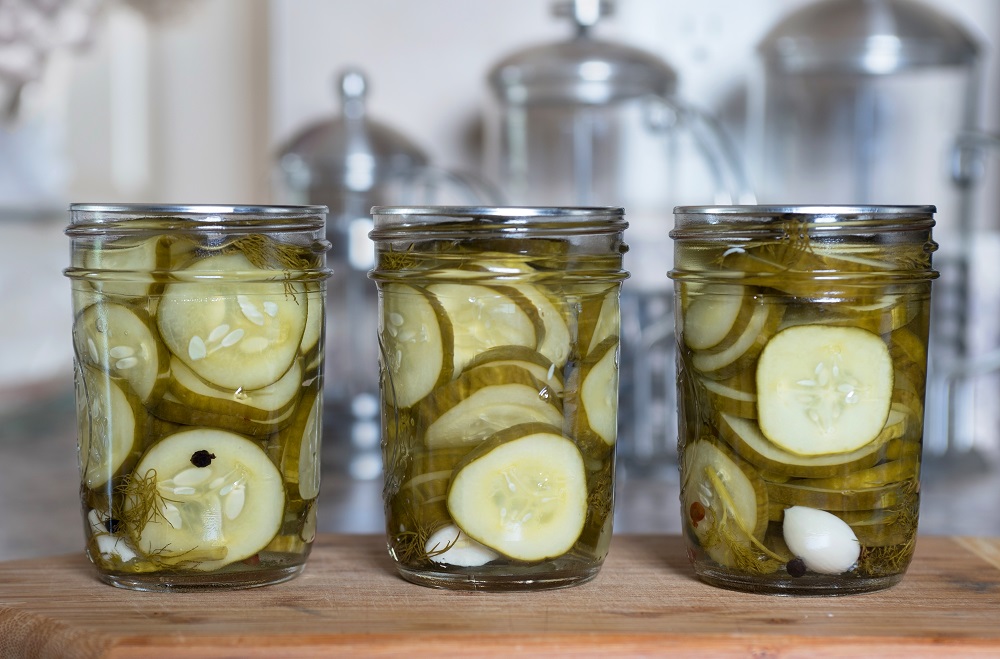
The process of pickling cucumbers involves soaking the entire green fruit in the liquid of your choice for up to a week before allowing it to ferment either on its own or with the help of added products that encourage the fermentation process.
While pickling other types of food is quite common and found throughout the world, the United States and similar western countries have taken to referring to pickled cucumbers as simply pickles.
Other countries such as Korea or Poland have their own form of fermented and pickled produce. While the process to create these is similar to that of American pickles, the plant or fruit sources are quite different, and as such produce an entirely different product to pickled cucumbers.
References
1. Unknown Author. (May 2016)”Cucumbers” (PDF). University of California-Davis: Western Institute for Food Safety and Security, US Department of Agriculture.
2. Unknown Author. (2015) “Cucumbers and gherkins”. Agricultural and Processed Food Products Export Development Authority, Government of India
3. Silvertown, Jonathan (1985). “Survival, Fecundity and Growth of Wild Cucumber, Echinocystis Lobata”. Journal of Ecology.

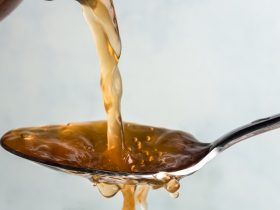

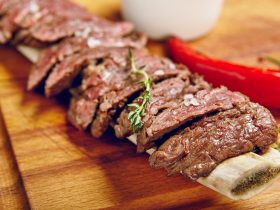
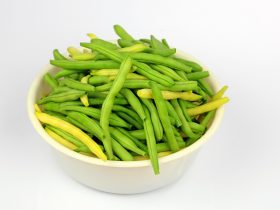
Hi, I'm Dom
Dom Eats was started to help other people fall in love with food. While cooking can feel intimidating, it doesn't have to be.